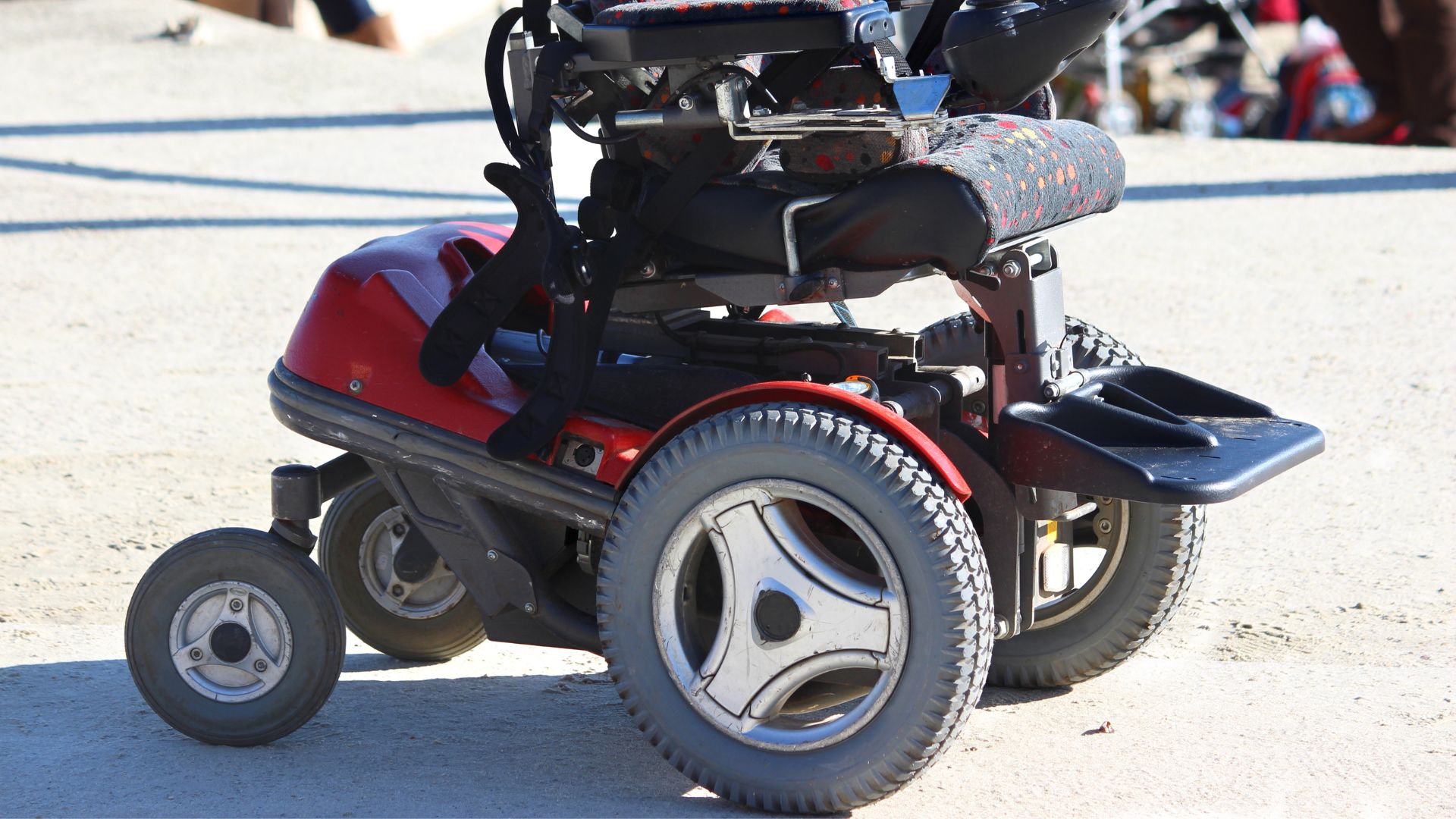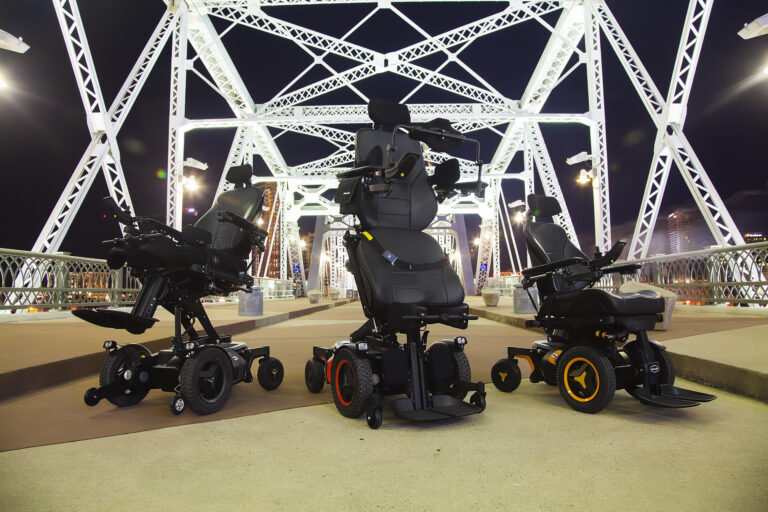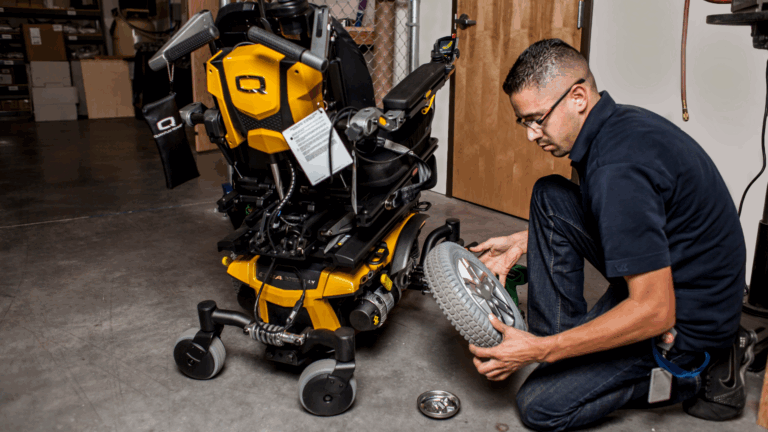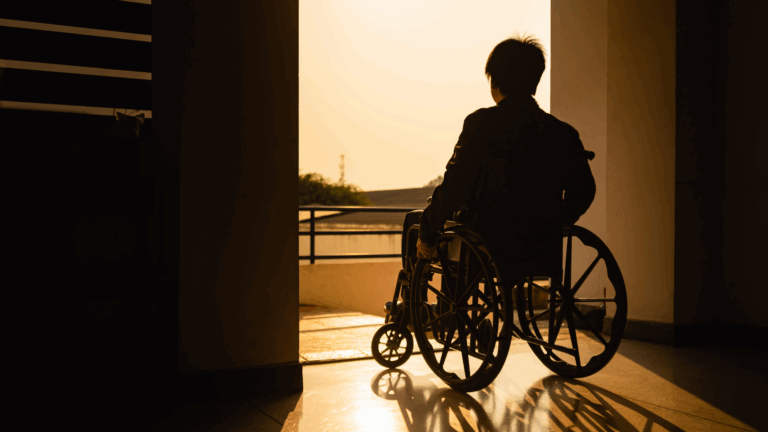It is not unusual to see clients, both adults and children, that when a powered wheelchair is suggested, immediately decline because they previously had a “scary” experience.
Upon further questioning, it becomes apparent that when a powered chair was tried, the client got in and drove without programming adjustments being made. This situation can be equated to putting a first-time driver, who doesn’t know how to drive, behind the wheel of a high-performance car.
A seating and mobility evaluation includes the assessment of a client’s physical, functional and perceptual motor skills. All equipment, including powered wheelchairs, must be tailored and adjusted to fit a client’s individual needs. Powered chairs have driving adjustments that can be programmed according to each client.
There are basic and complex programming parameters that can be addressed. The effects of not completing programming can range from a poor driving experience, to badly controlled and potentially dangerous driving.
When is programming done, and why? Anytime a client is trialing a powered chair, and when their recommended chair is delivered, programming should be done. Programming allows for a more successful outcome and increases power chair utilization.
Each manufacturer has their own terminology for adjustments, but the most basic are always used when referring to less complex, hand-driven, proportional joystick clients. The supplier’s RESNA (Rehabilitation Engineering Society of North America) certified ATP and manufacturer representatives are the experts and have the necessary programmer training for adjustments.
Each of the basic adjustments in the following table can be done for forward, reverse and turning.

Getting each of these adjustments right is a key factor to a client’s driving success, and enhances their satisfaction with the powered chair. That satisfaction ultimately gives a client the confidence and independence they are seeking.
As you work with your clients, being knowledgeable and recognizing the benefits of programming can provide for successful outcomes.

author
Anne Kieschnik
BSW, ATP, CRTS
Anne Kieschnik, BSW, ATP, CRTS has worked extensively in the field of Assistive Technology providing complex rehabilitation equipment since 1979. Her experiences include working for the Muscular Dystrophy Association, the MED Group, and as an owner of a complex rehabilitation company specializing in pediatrics before joining Numotion in 2012 as ATP Development Manager. Her passion is working with children, especially the 3-year-old and younger group. Anne is a current member of the National Registry of Rehabilitation Technology Suppliers and served on the BOD from 1996-2006. She served on the NRRTS board for 10 years and has been active with The Texas Rehab Providers Council. She participated in the 1997 RESNA Certification Validation Committee, has presented to many Allied Professional organizations and speaks nationally on a variety for CRT topics.



